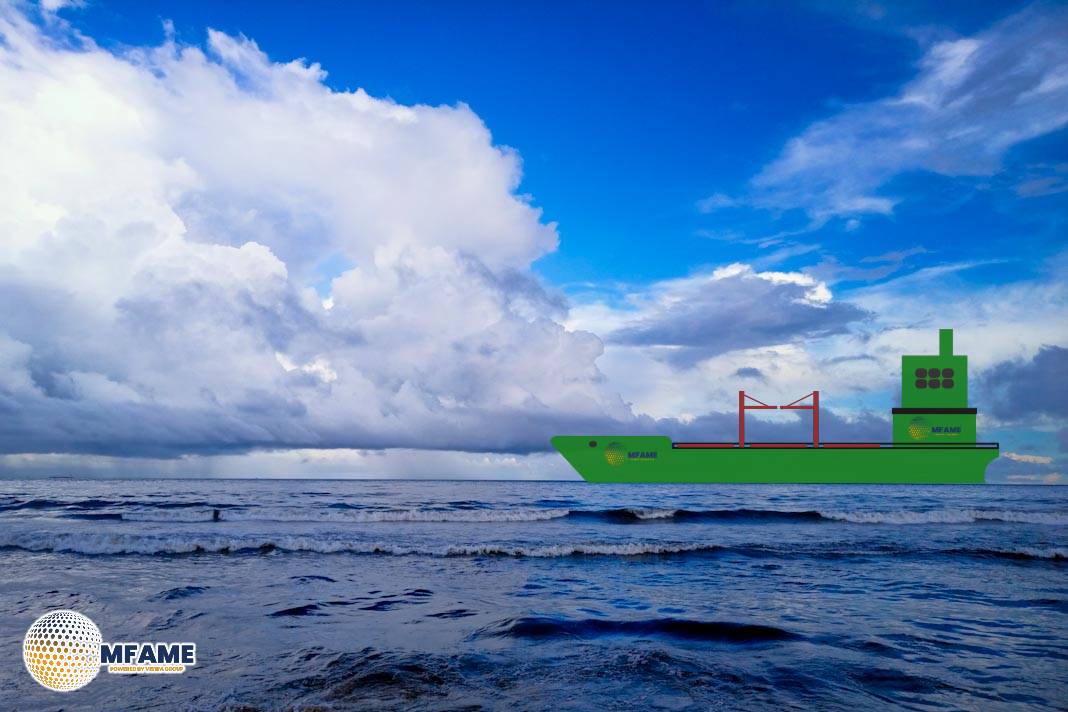- Scrubber Spread Narrows, VLSFO Gains Cost Advantage.
- LNG Demand Set to Double by 2030 Amid Emission Rules.
- European Gas Storage Rises as LNG and Bunker Prices Fall.
At the close of the 42nd week, global bunker indices monitored by MABUX continued their downward slide, surprising many who anticipated a rebound. The 380 HSFO index took a hit, dropping by USD 12.11 to USD 438.81/MT, dipping below the USD 450 threshold. Meanwhile, the VLSFO index fell by USD 12.55 to USD 508.81/MT, inching closer to the USD 500 mark, and the MGO index decreased by USD 13.86 to USD 760.46/MT. Overall, a steady decline was evident across the global bunker market, reports LinkedIn.
Scrubber Spread Narrows Below Key Threshold
The MABUX Global Scrubber Spread (SS), which measures the price difference between 380 HSFO and VLSFO, slipped by USD 0.44 to USD 70.00, remaining significantly below the crucial breakeven point of USD 100. In Rotterdam, the spread fell by USD 10 to USD 25, reaching a low of USD 23, the lowest it’s been since October 2024. In Singapore, the spread narrowed by USD 11 to USD 73. This ongoing decline highlights the cost benefits of opting for conventional VLSFO over the HSFO plus scrubber alternative, a trend that’s likely to continue into next week.
LNG Demand Expected to Double by 2030
Looking ahead, forecasts suggest that the demand for liquefied natural gas (LNG) as a marine fuel could at least double by 2030. This surge is expected to be fueled by stricter emissions regulations and a growing fleet capable of using LNG. Major export projects in the U.S. and Qatar are anticipated to lead to an LNG oversupply by the end of the decade, which could drive prices down and make LNG more competitive compared to traditional fuels.
European Gas Storage Levels and LNG Prices Decline
As of October 14, European gas storage was at 83.09% capacity, reflecting a 0.54% increase from the previous week and an 11.76% rise since the beginning of the year. The European TTF gas benchmark saw a decrease of €1.445/MWh, settling at €31.801/MWh. In Portugal’s Port of Sines, LNG bunker prices fell by USD 36 to USD 732/MT, narrowing the price gap with conventional fuel to just USD 10.
Market Differential Index Shows Signs of Overvaluation
By the end of the week, the MABUX Market Differential Index (MDI) indicated a noticeable shift toward overvaluation at key ports, including Rotterdam, Singapore, Fujairah, and Houston.
- For the 380 HSFO, Fujairah and Houston were still overvalued, while Rotterdam and Singapore remained undervalued.
- In the case of VLSFO, only Houston was overvalued, but it was getting close to parity.
- As for MGO LS: Singapore and Fujairah have now crossed into overvalued territory, while Rotterdam and Houston continued to be undervalued.
Overall, two ports are currently overvalued in both the 380 HSFO and MGO LS categories, indicating a steady trend toward an overvalued market balance that is likely to persist into next week.
T&E Critiques Biofuels as a Poor Climate Solution
The NGO Transport & Environment (T&E) argues that global biofuel production releases 16% more CO₂ than traditional fossil fuels. They caution that by 2030, emissions from biofuels could surpass those from fossil fuels by a staggering 70 million tonnes of CO₂-equivalent.
T&E points out that the 32 million hectares dedicated to biofuel crops could instead feed 1.3 billion people or, if just 3% of that land were converted to solar farms, produce the same amount of energy. The organisation urges governments to pivot away from crop-based biofuels and invest in renewable energy sources like solar and wind, contending that biofuels squander land, food resources, and taxpayer money while delivering minimal benefits for the climate.
Did you subscribe to our daily Newsletter?
It’s Free Click here to Subscribe!
Source: LinkedIn















![[Watch] Crazy Power Needed to Move World’s Largest Containerships](https://mfame.guru/wp-content/uploads/2023/11/mfame-tanker-100x70.jpg)

